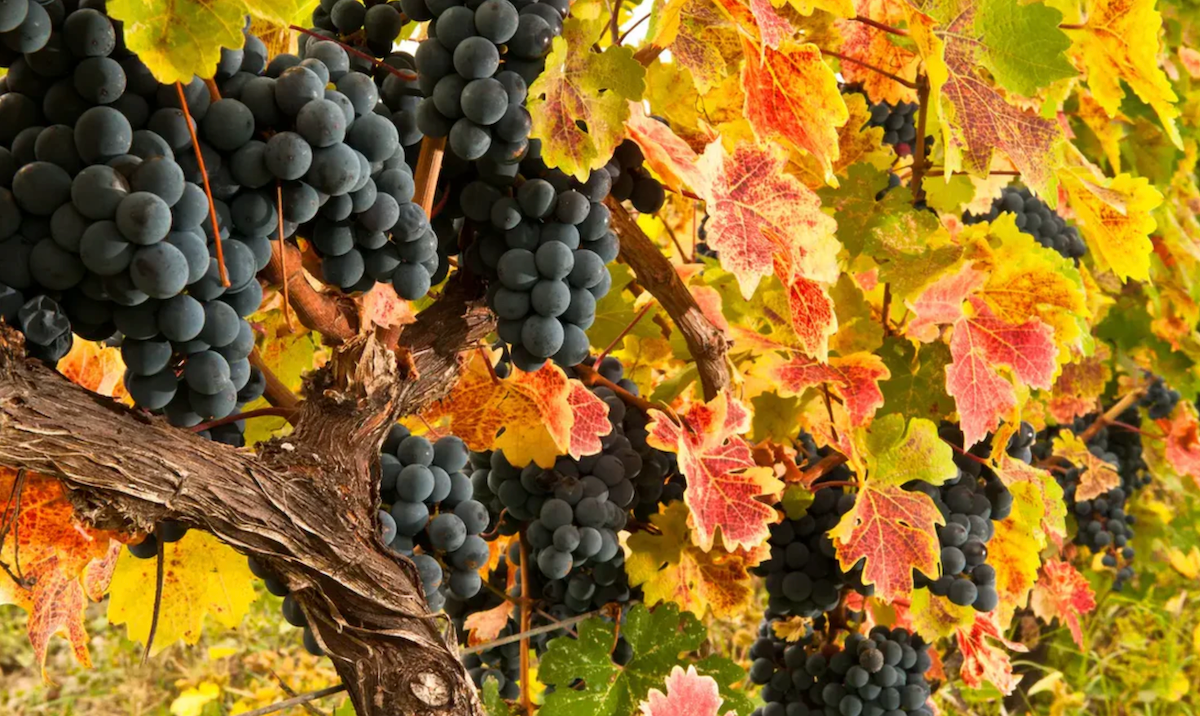Your basket is empty
Already have an account? Log in to check out faster.
Wine Club
A wine club membership designed for the intrepid explorer and tastemaker, or anyone looking to drink something new and delicous. With each shipment, you will discover extraodinary and unique wines, and the stories behind these passionate winegrowers and the regions they call home.
From $98.00
Curated Collections
Choose your own wine adventure with our 4-, 6- and 12-bottle Curated Collections. Ideal for enhancing your personal cellar or giving as thoughtful gifts. Shop by Occasion, Region, or Staff Favorites, and explore the diverse and extensive Vinalia portfolio today.
Bottle Shop
Embark on a journey through the world of wine, one grape at a time. Our Bottle Shop showcases the hidden gems of lesser-known wine regions, granting you access to incredible wines rarely found in the US.
Seasonal Sips
Cozy up this season with our Wines of Winter Collection, featuring rich, warming bottles perfect for chilly nights and festive gatherings.
Gift Guide
Shop Vinalia's wine gifts for all of the wine lovers in your life. From your favorite bottles to one-off collections and gift cards, all include a custom note. Gifting wine just got easier.
Corporate Gifting
Whether it’s for your team, clients, or partners, Vinalia’s handpicked wine collections offer a personal and unforgettable way to say thank you. We offer white glove service to ensure that every detail is accounted for, and we’ll streamline the whole process for you to make gift-giving simple.
Wine Tastings
At Vinalia, we believe every bottle tells a story, and our wine tastings bring those stories to life. Led by certified wine experts—including our co-founders, Bryce Wiatrak (Master of Wine candidate) and Mary Collineau (WSET Diploma candidate)—our tastings are engaging, educational, and anything but boring.
Our Producers
We source wines from winemakers across the globe who honor their land, history, and traditions. Their passion, dedication, and expertise are evident in every bottle we offer. Explore their stories here and discover the unique grapes they cultivate, as well as the regions they call home.
Our Story
Our goal is to shed light on the people, regions, and traditions that make up the incredibly diverse world of wine today. For we believe that great wine can come from any grape, any region, and any one. Read Our Story here.
Our Recipes
Just as the world of wine is vast and diverse, so too is the culinary landscape, though many local delicacies remain unrepresented here in the US. Our recipes honor the culinary traditions of the regions we source from, highlighting dishes that complement our wines.
Our Journal
Planning a trip to Greece and want to learn about its top wine regions and grapes? Or are you looking to discover 10 new Italian grapes to try? Discover answers to these questions and more in Our Journal, our weekly blog dedicated to all things wine.
Cultivar Club
Vinalia's Exclusive Loyalty Program. Join the club and be rewarded with exclusive discounts, club member perks and more!

Since near the birth of agriculture, harvest festivals have been an annual tradition in civilizations around the globe. While harvest parties are still celebrated widely today, the festivities surrounding the cultivation of wine grapes has roots in myriad ancient customs. One such festival from Roman antiquity gives its name to this company: the Vinalia.
In fact, the Vinalia was not one, but rather two wine festivals held annually in Ancient Rome. The Vinalia Rustica was dated each August 19th, marking the beginning of the wine harvest and the pressing of the grapes. The festival was held both in the city of Rome and the surrounding Italian countryside of Latium (analogous with today’s Lazio region). In the urban center, Jupiter’s chief priest, known as the flamen dialis would sacrifice a lamb to the god and crush a cluster of grapes he harvested over its body. With this ritual, he would pray to Jupiter for a successful and temperate harvest, free from any damaging autumn storms.
The Vinalia Urbana’s beginnings are debated, though Virgil notes its origin in a legend involving Aeneas and his fight against Mezentius, an Etruscan leader. While Mezentius laid claim to the first fruits of the harvest, Aeneas offered them to Jupiter, should he help him defeat the Etruscans in battle.
Still, other scholars more widely associate the Vinalia with Venus than Jupiter, citing examples of offerings being brought to her temples on the days of the festivals.
While precise accounts of the Vinalia festivals vary, they provide insight into the many similarities the modern and ancient wine industries share. In the Northern Hemisphere, the harvest still generally begins in August or September. And while release dates vary based on the region, winery, and style, young wines (especially whites, rosés, and some light reds) are often released the March or April following their harvest.
As the wine world readies itself for the 2024 harvest, many will take pause to celebrate this most exciting time in the annual cycle of the vine. In doing so, they connect themselves to an ancient tradition, and, in the spirit of the Vinalia festivals, usher in the new vintage.

You must be of legal drinking age to enter this website.
Gifting has never been easier
Perfect if you're short on time or are unable to deliver your gift yourself. Enter your message and select when to send it.